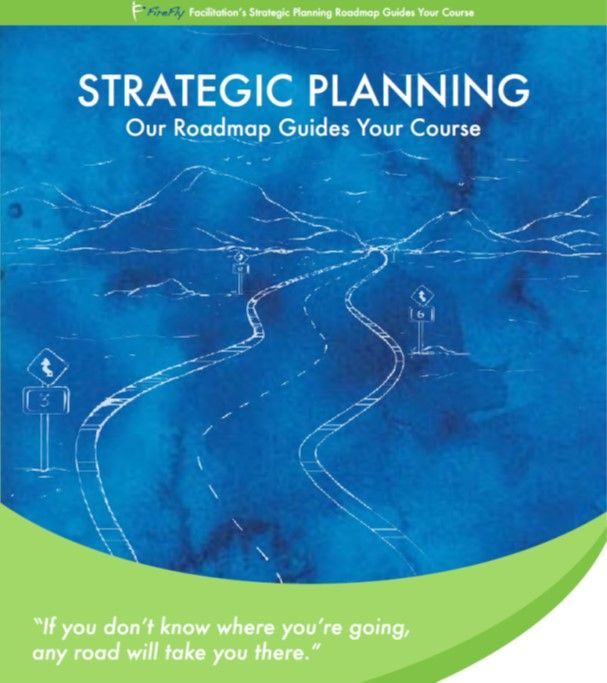How Does Your Team Define Productive Conflict?
FireFly's proven process for developing conflict norms for effective decisions.
In my experience, people on teams come with their own expectations and definitions of what conflict means -and, more often than not, it rarely is defined as productive. I have had the opportunity over the last several years to work with dozens of teams in discussing and reaching agreement on their unique conflict norms that will guide their debate/discussion and ultimately an effective decision all can support. In fact, this process itself becomes an example that we can refer to for how they discuss and decide.
An important factor to consider is that cultural differences may exist within a group
, particularly in relation to individual levels of comfort with conflict arising during a team meeting. A variety of reasons can influence people’s perceptions of the value of and the appropriate way to handle conflict, such as the country or region in which they were born, their nationality or ethnic makeup, how they were raised, and various other life experiences that have shaped them.
It is critical to reach an agreement on the norms that dictate how the team will deal with conflict, because neglecting to address conflict in a straightforward manner, increases the risk of gaining compliance, but failing to achieve any true commitment to these team decisions. Even if some members may not have joined the team with a high level of comfort with conflict, the team as a whole must become adept at facing and managing it. There is an impressive impact on teams who make the courageous choice to embrace conflict.
FireFly Facilitation's Process for Developing Conflict Norms
I begin the process by giving everyone their own handout with the list below of categories and sample norms. I then give them these instructions (which they are to complete individually before the group discussion):
- Choose 4 to 6 conflict norms that you think would help your team have productive conflict and make more effective decisions.
- Feel free to alter the wording or write in your own conflict norm.
Common Goal:
- Establish a common goal that the group fully understands
- Ground the group by stating the objective of the discussion
- Define the topic, problem, or opportunity
Environment:
- Provide an opportunity for every voice to be heard
- Ensure open and respectful dialog – do not belittle people or their ideas
- Create an environment in which team members feel safe to question and/or challenge
Participant Behavior:
- Speak so others can “hear” your message
- Remain engaged and attentive, and consider everyone’s input
- Inquire first before advocating
Decision Parameters:
- Acknowledge the necessary speed or timeline in which a decision needs to be made
- State the decision-making process before starting the discussion
- Provide guidelines and boundaries for each decision to be made
Decision Process:
- Provide information in advance of the meeting so everyone can actively participate in the discussion and decision-making
- Act on facts and data without analysis paralysis – don’t get stuck “studying” the problem
- Clarify pros, cons, and risks of options or potential solutions
Commitment to Outcome:
- Be decisive and make certain that all members commit to a decision
- When we leave this room, we all speak with one voice
- Although consensus is not necessary, full support of the decision is required
For more information on this collaborative approach to developing team conflict norms, read this post.






